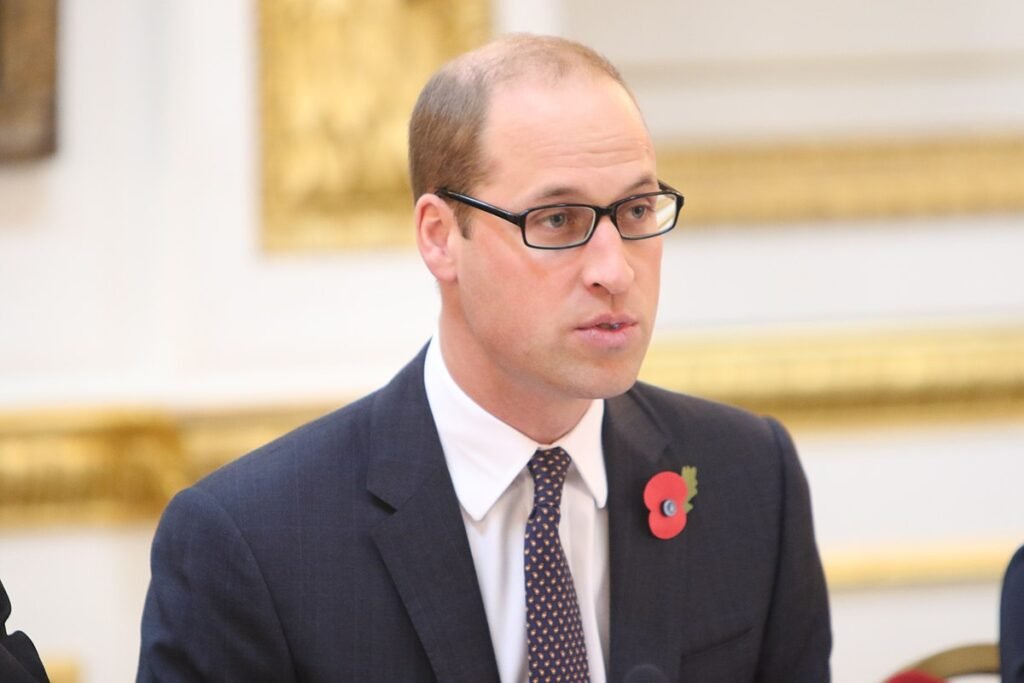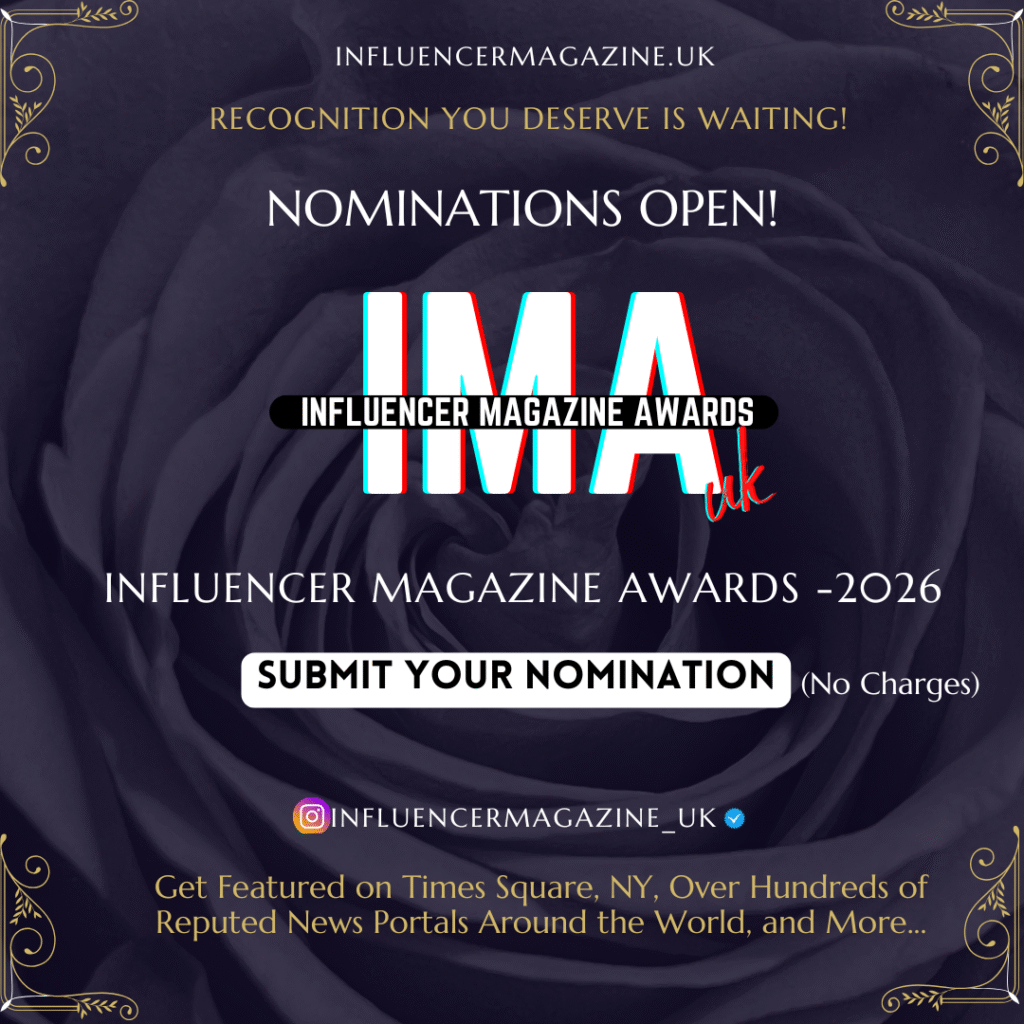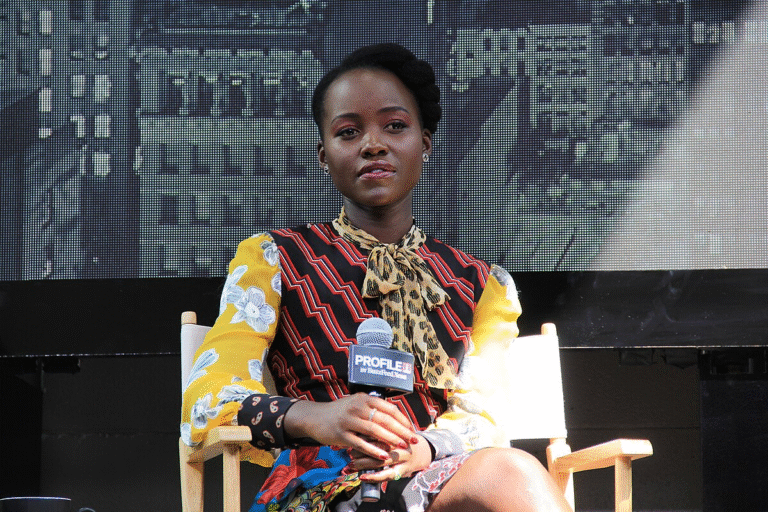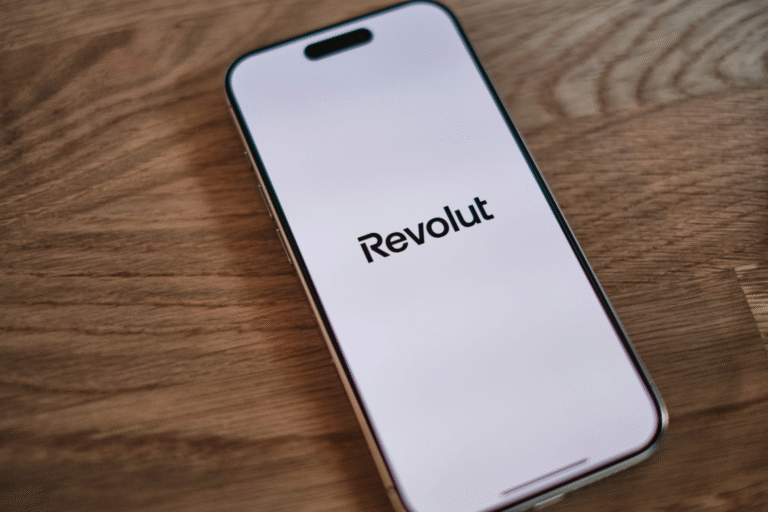Kate Middleton and Prince William have recently initiated a drastic change in their form of public engagement, and many have commented on the historic change that is now unfolding in the royal family. This shift that has attracted a lot of attention marks a departure from the conventional royal attitude that was previously unthinkable.
In a perceptive article by Kate Mansey in The Times, Majesty Magazine editor-in-chief Ingrid Seward opened up about the changing dynamics of the royal family. Seward admitted that this change, especially in Kate Middleton’s style, goes back to a personal challenge that she and Prince William had to endure. “I think Kate’s illness was a real shock to William,” Seward said, referring to the near-fatal health scare that left the couple shaken.

The editor went on to say that such experiences tend to bring about significant shifts in outlook. “When individuals experience a life-threatening disease like cancer, they always say it really changes their outlook on life and makes them more attuned to the world around them,” Seward said. For Kate, the fight against illness has led her to connect with the public in a more intimate and emotionally vulnerable manner, a significant departure from the more reserved demeanor of the royal family in the past.
Since Kate has gone into remission, her interactions with the public have been more sincere and heartfelt. Seward said, “I think that’s why they are interacting with the public now on a more emotional level. There is a lot more hugging in the royal family, which I never thought I would see.” This new warmth and affection between the royals and the public has been the subject of discussion, as it is a change from the more formal and distant royal interactions of the past.
Royal historian Ian Lloyd also weighed in on the evolving nature of the monarchy, particularly in emotional expression. Ms. Mansey reported that Lloyd underscored the importance of the transformation in the royal family’s manner of expressing emotions. “Something is changing within the monarchy and when it comes to expressing themselves, the royal family has moved an awfully long way on that front,” he said, pointing to increased openness of the royal family previously seen as being emotionally stunted.
Lloyd also pointed out the role played by modern means of communication, especially social media, in crafting public opinion around the royal couple. “When you see the most recent social media photographs of the Prince and Princess of Wales, which people do actually like, it is a world away from the slightly uncomfortable image of the late Queen and Prince Philip when they took out their honeymoon photo at Broadlands to celebrate their 60th anniversary,” he said. The contrast highlights the changing nature of the royal image, which is increasingly accessible, genuine, and emotionally connected to the people.
This change in the way the royal family engages is not only a result of individual change but also reflects a wider change in the monarchy as an institution. Prince William and Kate Middleton have evidently understood the influence of emotional resonance and public relatability, which have grown more significant in the contemporary age. Their capacity to evolve and adapt to both individual challenges and shifting societal demands reflects their expanding influence and pertinence.
As the transformation in their manner continues to be revealed, it is a dramatic turning point for the British monarchy. The old-fashioned institution is changing, taking on a more humanized, emotionally available way of interacting publicly, something its earlier generations could hardly have imagined.
This new royal engagement is not merely about practicing emotional openness but also about engaging with the people at a deeper, more intimate level. Kate and William’s warmth and candidness indicate an age where the monarchy can go on evolving in accordance with the changing needs and desires of the people, and it can be a new trend in how the royals relate to the world.












